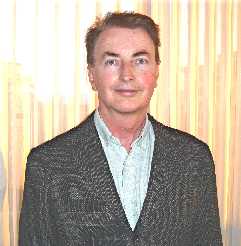Sociology
Experience in LGBT2SQ research
Dr. Adam has an extensive record of working towards gay and bisexual men’s sexual health alongside a wide range of community and academic partners. Specifically, he has sought to apply principles of community-based research into work on HIV prevention and issues of living with HIV. Previously, he focused on gay and lesbian movements, documenting how individual coping strategies can coalesce into collective mobilization and a transformative politics that restructures or revolutionizes the conditions of subordination.
Interest in LGBT2SQ research
Dr. Adam has an extensive record of working towards gay and bisexual men’s sexual health alongside a wide range of community and academic partners. Specifically, he has sought to apply principles of community-based research into work on HIV prevention and issues of living with HIV. Previously, he focused on gay and lesbian movements, documenting how individual coping strategies can coalesce into collective mobilization and a transformative politics that restructures or revolutionizes the conditions of subordination.
Published Work
- Barry D Adam, Patrice Corriveau, Richard Elliott, Jason Globerman, Ken English, and Sean Rourke. 2014. "HIV disclosure as practice and public policy" Critical Public Health
- J Cristian Rangel and Barry D Adam. 2014. "Everyday moral reasoning in the governmentality of HIV risk" Sociology of Health and Illness 36 (1): 60-74.
- Barry D Adam, Richard Elliott, Patrice Corriveau, and Ken English. 2014. "Impacts of criminalization on the everyday lives of people living in with HIV in Canada" Sexuality Research and Social Policy 11:39-49.
- Barry D Adam. 2011. "Epistemic fault lines in biomedical and social approaches to HIV prevention" Journal of the International AIDS Society 14 (Supplement 2):S2.
- Barry D Adam, James Murray, Suzanne Ross, Jason Oliver, Stephen G Lincoln, and Vicki Rynard. 2011. "Hivstigma.Âcom, an innovative web-supported stigma-reduction intervention for gay and bisexual men" Health Education Research 26 (5):795-807.

